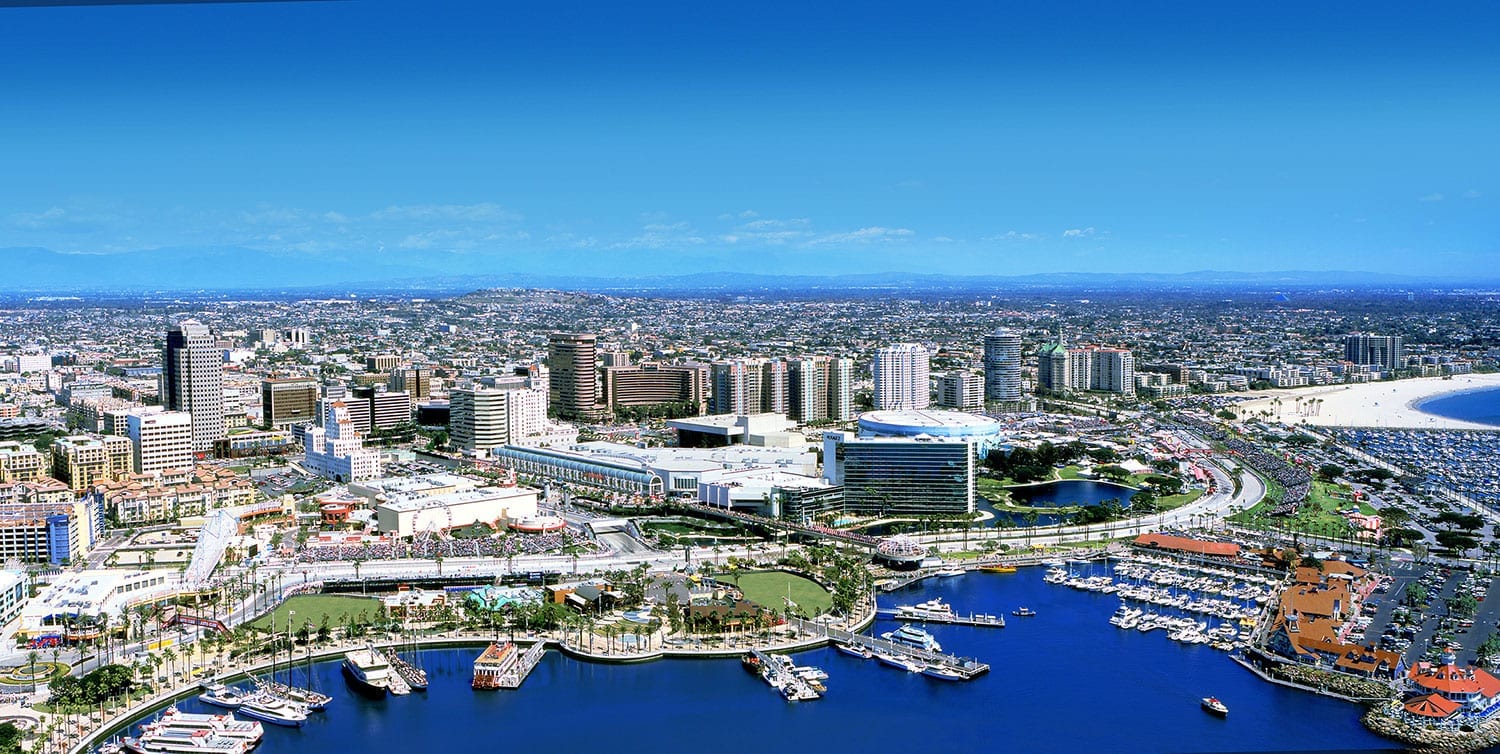The fuel cell and hydrogen industry often looks to California as an example of how the private and public sectors, through innovation and policy support, can come together to lead the global clean energy revolution.
California as a Hydrogen Fuel Cell Leader
California is home to more on-road fuel cell passenger vehicles than the rest of the world combined. It has an impressive network of 40 hydrogen fueling stations, 30 fuel cell buses, and some of the longest-running, large- and small-scale stationary fuel cell installations in the country. While much of the international fuel cell and hydrogen community does business in California, the state is also host to the headquarters of several fuel cell manufacturers, including Fuel Cell & Hydrogen Energy Association (FCHEA) members Bloom Energy and Altergy Systems.
California is home to more on-road fuel cell passenger vehicles than the rest of the world combined.
Within the state, there are several geographical areas to point to as industry successes, boasting clusters of hydrogen stations, fuel cell vehicles (both on-road and material handling), and stationary fuel cells for primary and backup power. These hotspots also contain top-notch university research and development centers and innovative demonstration projects that bridge the gap between proof-of-concept and commercial deployments for new market sectors.
Fuel Cell Movement in Long Beach
Long Beach, in Southern California, is one such area. The city has played host to the Advanced Clean Transportation Expo (ACT Expo) since 2011, as well as the 2017 Fuel Cell Seminar & Energy Exposition (FCS&EE). This coming November 5-7, FCS&EE will return to the Long Beach Convention Center and will showcase just how much advancement there has been in the fuel cell and hydrogen arena since the last event in 2017.
Nearby, the Port of Long Beach (POLB) and the Port of Los Angeles (POLA) are two of the world’s largest and busiest shipping ports. Both are involved in several fuel cell drayage truck and material handling vehicle trials from various companies, including FCHEA members Toyota, Nuvera, and Hydrogenics. These demonstration projects are helping to prove not only the feasibility, but the many benefits, that clean, efficient, and long-lasting fuel cells provide to the logistics sector.
These demonstration projects are helping to prove not only the feasibility, but the benefits, that clean and efficient fuel cells provide.
Long Beach is already home to a hydrogen fueling station for fuel cell passenger vehicles, such as the vehicles for sale or lease in the state from FCHEA members Honda, Toyota, and Hyundai. Last year, the California Energy Commission (CEC) approved an $8 million grant for the construction of a new hydrogen refueling station at the Toyota Logistics Services location at POLB, which will be used to fuel Toyota’s heavy-duty fuel cell trucks operating at the port. The station will use hydrogen generated from biogas.
This station will be one of two heavy-duty stations funded under the Zero-and-Near-Zero Emission Freight Facilities Project (ZANZEFF), which originally received $41 million from the California Air Resources Board and focuses on the POLB and Los Angeles. That funding is helping deploy 10 fuel cell-powered, heavy-duty trucks built by Toyota and Kenworth, to be used in the ports by four different customers – Toyota, UPS, Total Transportation Services, and Southern Counties Express.
Separately, Toyota is working with fellow FCHEA member FuelCell Energy to install a new multi-megawatt fuel cell system at the POLB. This system will provide electricity as well as generate renewable hydrogen from the waste produced by a local dairy farm. Once operational, the facility will be the nation’s first commercial-scale 100% renewable power and hydrogen generation plant and will be able to supply approximately 2.35 megawatts of electricity and 1.2 tons of hydrogen per day. Toyota will purchase the hydrogen for vehicle refueling.
Outside of the port, Long Beach’s Aquarium of the Pacific is installing three fuel cells (1.2 megawatts total) from FCHEA member Doosan Fuel Cell America to offset approximately 80% of the facility’s energy consumption.
It is exciting to hold industry events in cities like Long Beach where the clean energy and clean transportation industry is thriving, as seen during the recent ACT Expo and 2017 FCS&EE events. We eagerly await the FCS&EE in November for an opportunity to showcase the latest global advancements and innovations in fuel cell and hydrogen technologies in one of the leading regions supporting them.


